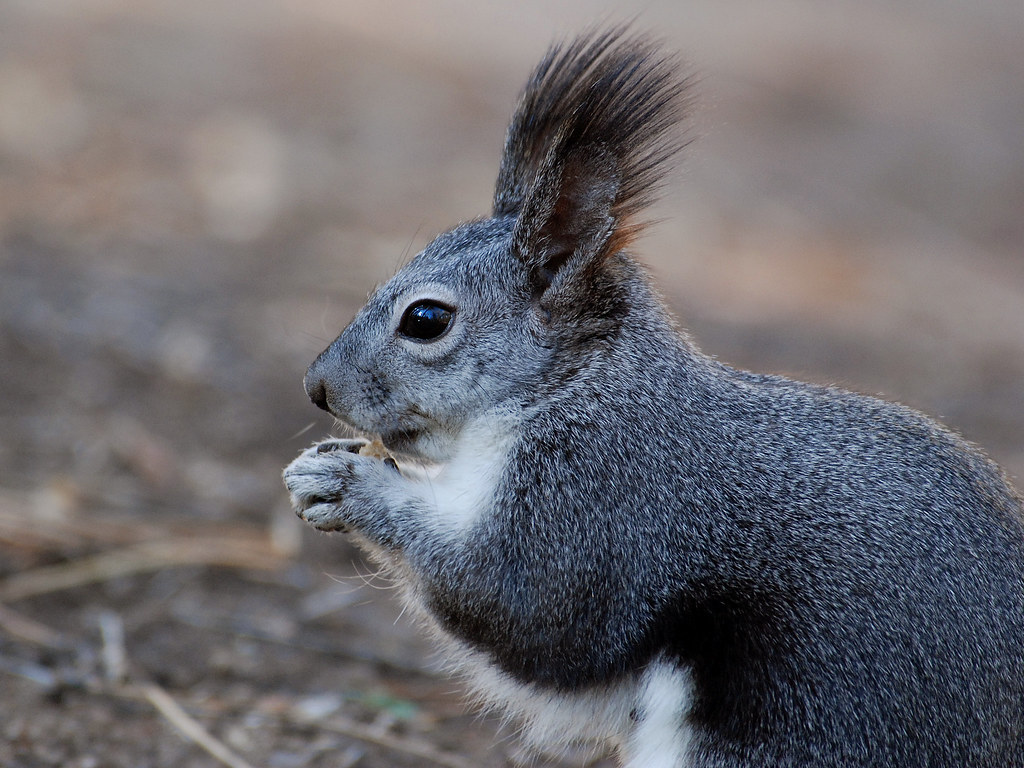The Decline of Hunting and Fishing
In recent decades the number of hunters and anglers in the U.S. has declined both in actual numbers and as a percentage of the total U.S. population, based on U.S. Fish and Wildlife Service records of annual hunting and fishing license sales from all states (including U.S. territories and Washington, D.C.) and U.S. Census Bureau data.
Since 1960, the actual number of hunters increased until peaking at 16.7 million in 1982, after which it began to decline. The numbers started to climb again after 2010 but remain below the 1982 peak. In 2022 there were 15.9 million hunters in the U.S.
In relative numbers, the percentage of the U.S. population that hunts has been on a steady decline since at least 1960, when there were 14 million hunters, representing 7.7 percent of the total U.S. population of 180.7 million people. In 2022, hunters represented only 4.8 percent of the U.S. population. Even at the 1982 peak, hunters only represented 7.2 percent of the U.S. population.
Between 1960 and 2022, the actual number of hunters grew by 13.5 percent, but the U.S. population increased by 84.4 percent, more than six times as fast.
The actual number of anglers has plateaued since the 1980s, but the relative numbers have declined compared to the overall population. The actual numbers of anglers peaked in 2021 at 32.2 million before dipping slightly again in 2022, when there were 31 million anglers in the U.S.
The relative numbers of anglers has declined slowly over the past 40 years. In 1960, there were 19.1 million anglers, representing 10.6 percent of the total U.S. population. At the 2021 peak anglers represented 9.7 percent of the total population. In 2022 that figure fell to 9.3 percent.
Between 1960 and 2022, the number of anglers increased by 62.3 percent, more than four times as fast as the increase in hunters but still not as fast as the 84.4 percent growth in total population.
The data clearly show that the percentage of Americans who hunt and fish continues to decline, a trend that threatens the revenues of state wildlife agencies. It is also the reason why most state wildlife agencies have embraced R3 efforts to “recruit, retain and reactivate” hunters and anglers in order to boost the number of license buyers.
| Total Number (millions) | 1960 | 1982 (peak hunting year) |
2021 (peak fishing year) |
2022 | Change 1960-2022 |
| Hunting licenses sold in U.S. | 14.0 | 16.7 | 15.9 | 15.9 | 13.5% |
| Fishing licenses sold in U.S. | 19.1 | 30.0 | 32.2 | 31.0 | 62.3% |
| U.S. Population | 180.7 | 231.7 | 332.1 | 333.3 | 84.4% |
Meanwhile, the number of Americans who watch wildlife has grown dramatically in recent years, and shows no sign of slowing, according to the National Survey of Fishing, Hunting and Wildlife-Associated Recreation conducted every five years by the U.S. Fish and Wildlife Service.
